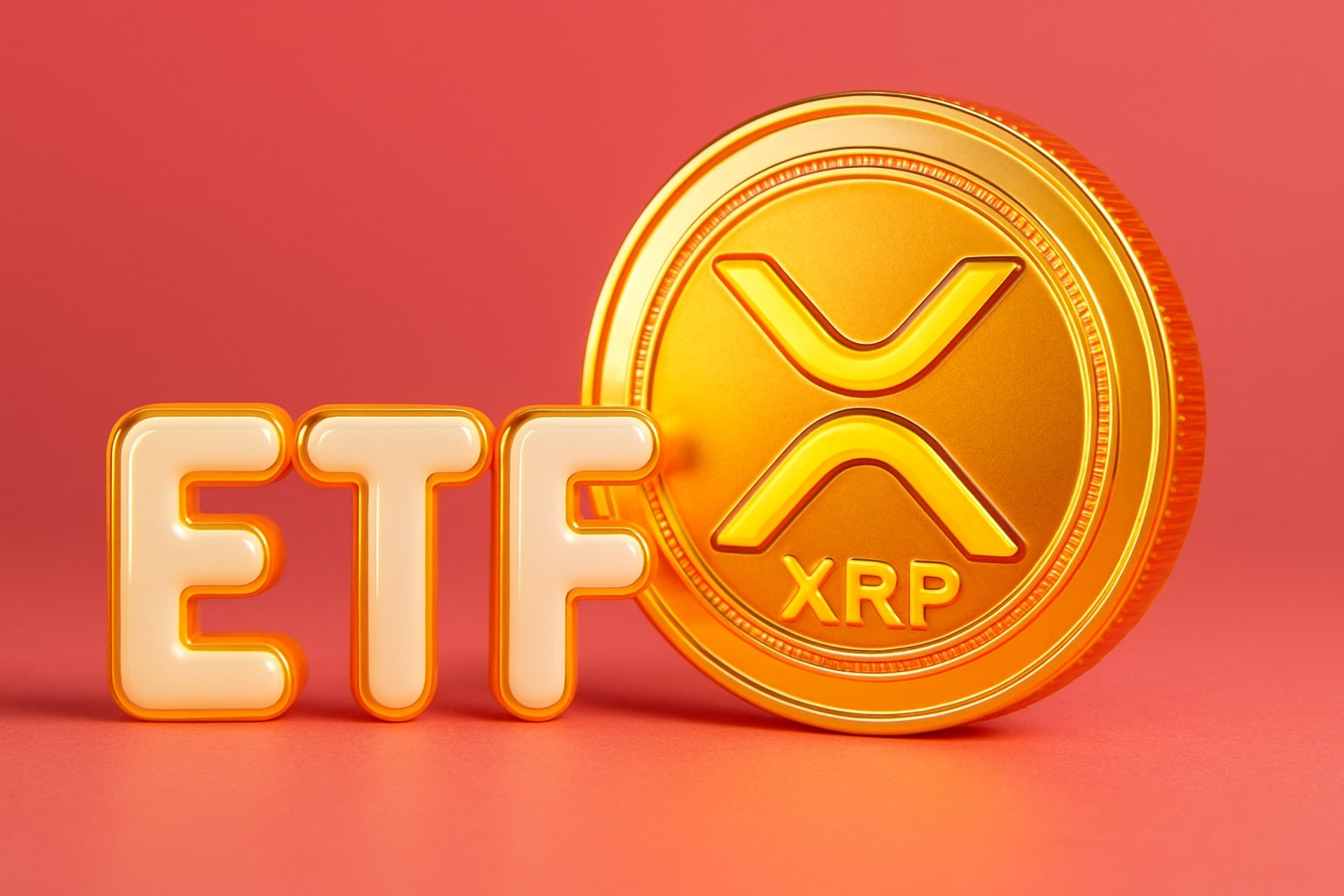
Netflix Stock Price Forecast: NASDAQ:NFLX Targets $1,500 as Ads and Content Drive Growth
Global scale, ad-tech momentum, and record $18B content budget fuel Netflix’s next phase | That's TradingNEWS
NASDAQ:NFLX Stock Outlook: Content Scale, Sports Spending, and Ad Momentum Shape Netflix’s Valuation
NASDAQ:NFLX Financial Performance and Market Position
Netflix NASDAQ:NFLX has rallied 37% year-to-date, outperforming the S&P 500’s 10% gain, while maintaining its dominant position as the global leader in subscription video on demand. Second quarter results showed revenue of $11.1 billion, up 15.9% y/y, with operating income of $3.8 billion at a record margin of 34.1%. Earnings per share surged 47% y/y to $7.19, driven by both revenue expansion and efficiency gains. For the full year 2025, management now expects 15–16% revenue growth and an operating margin near 30%, a level that cements Netflix as the most profitable pure-play streamer in the market. Even after multiple price hikes across North America, Europe, and Asia-Pacific, churn remains under 2% compared to an industry average above 5%, underscoring the stickiness of the brand.
Content Spending Flywheel and Global Reach
The cornerstone of NASDAQ:NFLX remains its unrivaled content budget. In 2025, Netflix is expected to spend $18 billion on original content, far ahead of Disney’s $8.6 billion and Warner Bros. Discovery’s $6.4 billion. This gap allows Netflix to scale programming across genres and geographies, driving subscriber retention and attracting international markets. Non-English shows accounted for more than one-third of viewing hours in the first half of 2025, with hits from Korea, Spain, and Latin America building global stickiness. Nielsen data from July 2025 shows Netflix capturing 18% of total streaming time in the U.S., second only to YouTube but dominant among subscription-based peers. The strategy remains clear: saturate the global market with content depth and breadth, then monetize through both subscriptions and advertising.
Advertising and Ad-Tech Platform as a Profit Lever
The pivot into advertising has quickly become a core growth engine. Netflix’s ad-supported tier now exceeds 94 million monthly active users, with U.S. sign-ups favoring ad plans in nearly half of new subscriptions. Average monetization is around $18 per month when ad revenue is included, surpassing the standard plan. By 2025, ad revenues are expected to double year-on-year, fueled by the launch of Netflix’s proprietary Ads Suite platform, which improves targeting, increases CPMs, and eliminates reliance on third-party providers. Live events such as NFL holiday games, WWE Raw, and international boxing deliver premium ad slots with higher rates. While costly to acquire, these rights increase advertiser reach and improve ARPU. Analysts estimate ad-supported margins outpace subscription-only plans, adding a structural profitability tailwind for NASDAQ:NFLX.
The Sports Question: Risk Versus Reward
Despite strong fundamentals, Netflix’s move into live sports remains controversial. The company paid $150 million for two NFL Christmas games in 2024, generating an estimated $60 million in ad revenue, raising questions about breakeven viability. To recover costs, Netflix would have needed up to 11 million additive ad-tier subscribers—a target that many doubt was achieved. While viewership topped 26.5 million, the conversion into incremental subscribers was likely a fraction of that. The financial risk mirrors broader concerns across the sports media ecosystem, where rights fees often outpace monetization. Investors watching NASDAQ:NFLX must weigh whether sports is a strategic necessity for ad growth or a costly distraction that erodes margins.
Valuation and Long-Term Growth Trajectory
At a share price of roughly $1,226, Netflix’s real-time chart reflects a forward P/E near 47x and EV/EBITDA above 37x, compared to Disney at 12.9x and Warner Bros. Discovery at 7.0x. Even so, Netflix’s superior 30%+ EBITDA margins and consistent double-digit EPS growth keep investors willing to pay a premium. The company is targeting a $1 trillion market cap by 2030, which would require profits near $40 billion annually at market-standard multiples. Current revenues of $45 billion highlight the scale of that challenge. Management believes 410 million subscribers worldwide is attainable, supported by a streaming TAM projected at $416.8 billion by 2030. If Netflix maintains its 18% share, it could command more than 10% of global TV viewership.
Engagement Data and Upcoming Catalysts
Engagement remains robust. Proprietary tracking shows accelerating Top 10 viewing hours since June 2025, led by titles like “Wednesday,” “Squid Game 3,” “Happy Gilmore 2,” and “KPop Demon Hunters.” The second half slate is exceptionally strong, including “Stranger Things,” “Knives Out,” “Frankenstein,” and high-profile live sports. Management more than doubled upfront ad commitments this quarter, signaling advertiser confidence. With Q3 revenue guidance at $44.8–45.2 billion and EPS growth above 20% annually, investor expectations for NASDAQ:NFLX appear reasonable despite lofty multiples.
Insider Transactions and Institutional Sentiment
Monitoring insider trades on Netflix’s stock profile shows limited selling from executives despite the rally, an encouraging sign compared to peers where insiders often trim aggressively at record highs. Institutional ownership remains heavy, with asset managers favoring Netflix as the sole pure-play in global streaming. Options activity points to bullish bets on $1,500 price targets into 2026, aligning with analyst projections that place fair value at 38x 2027 EPS.
Verdict on NASDAQ:NFLX
Balancing Netflix’s unrivaled content moat, advertising momentum, and international scale against risks of sports overspending and premium valuation, the stock remains a Buy for long-term investors. Near-term, the setup is attractive with accelerating engagement, ad monetization, and a strong release pipeline driving upside into Q3 and beyond. Overextension in sports rights remains the key watchpoint, but with margins expanding above 30% and free cash flow exceeding $6 billion annually, Netflix continues to justify its premium as the streaming leader.
That's TradingNEWS
Read More
-
PPA ETF at $154: Can This Defense ETF Keep Beating ITA and SPY?
14.12.2025 · TradingNEWS ArchiveStocks
-
XRP ETFs XRPI and XRPR Pull In $975M While XRP-USD Fights To Hold $2
14.12.2025 · TradingNEWS ArchiveCrypto
-
Natural Gas Price Forecast: NG=F Hits $4.11 As Warm Winter Outlook Puts $3.913 Support At Risk
14.12.2025 · TradingNEWS ArchiveCommodities
-
USD/JPY Price Forecast - Dollar to Yen Can BoJ’s 0.75% Shock Break The 155–158 Range?
14.12.2025 · TradingNEWS ArchiveForex


















